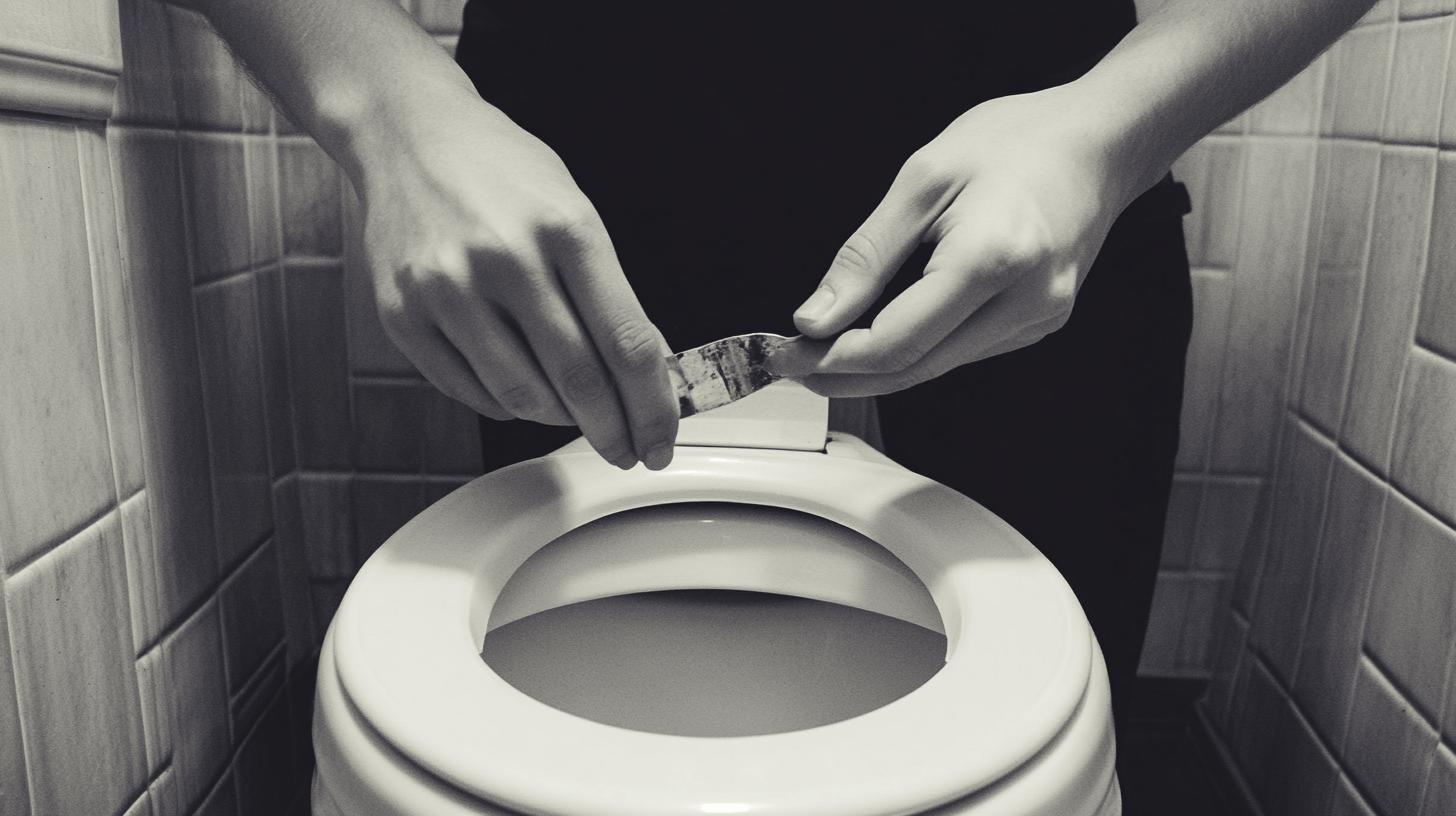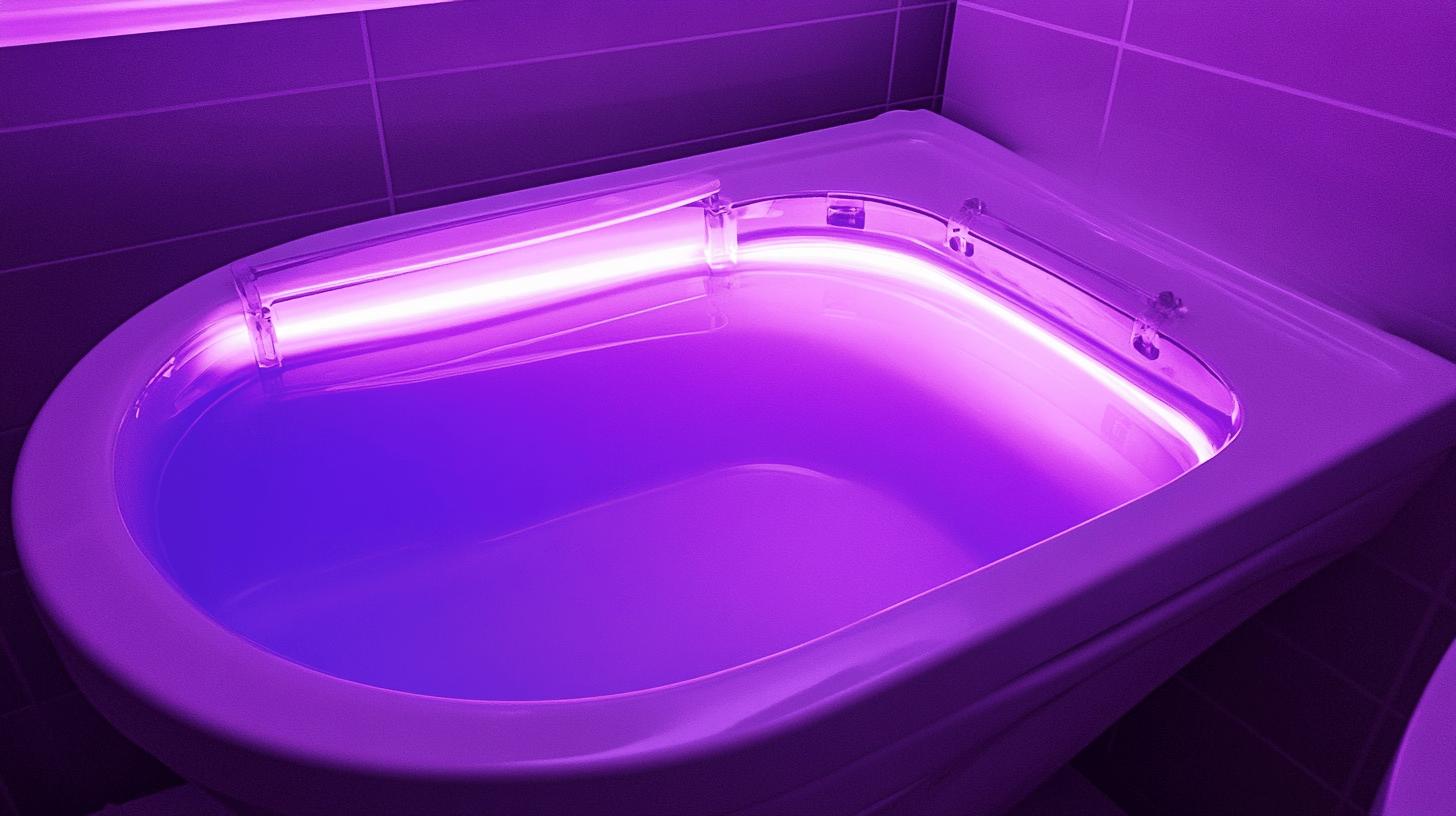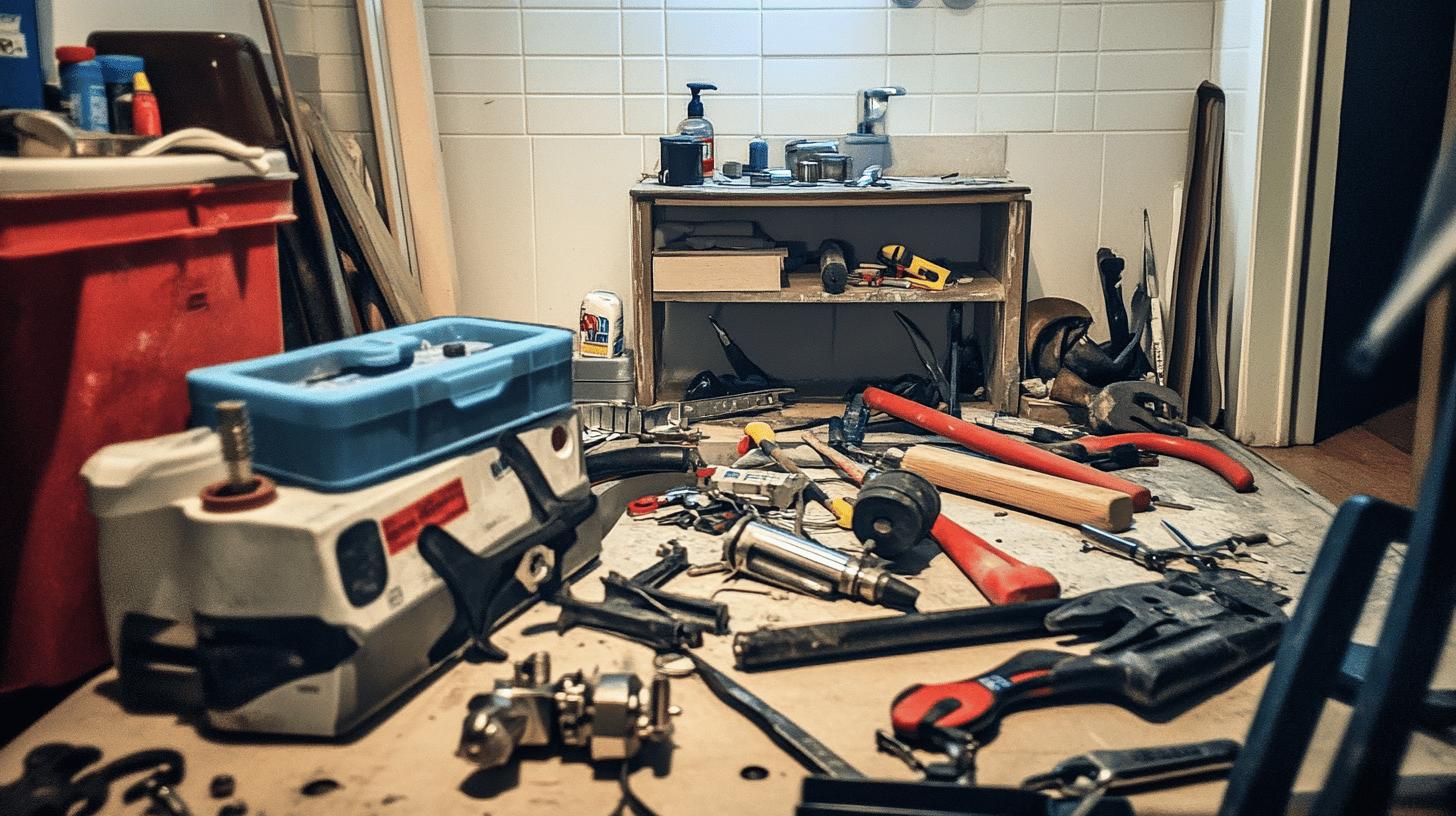TL;DR:
- A running toilet wastes water and increases utility bills.
- Common causes: flapper issues, faulty flapper, misaligned float, or fill valve problems.
- Signs of a faulty flapper: toilet running continuously, water trickling, or hissing sounds.
- To fix flappers, replace with compatible, durable options; ensure tight seals.
- For fill valve issues: water won’t stop running or is too high; adjust float arm or replace valve if needed.
- Float mechanism should be about an inch below the overflow tube; adjust for optimal performance.
- Call a professional if basic fixes fail; they offer expert diagnosis and long-lasting repairs.
Is your toilet always running, racking up your water bill and wasting gallons every day? This annoying problem usually has a straightforward fix—like a problem with the flapper chain, a dirty or faulty flapper, or a misadjusted float. Knowing the most common reasons for a running toilet can save you time and money by letting you tackle the issue quickly. Check out this guide to learn how these typical issues affect your utility costs and water efficiency, and get practical steps to restore peace to your bathroom routine.
Understanding the Most Common Causes of a Running Toilet
A running toilet isn’t just annoying; it can really hike up your water bill and waste a lot of water if you don’t fix it quickly. That constant flow can lead to higher utility costs and even water damage over time. It’s important to tackle these issues right away to avoid extra expenses and conserve water.
The most common culprits are usually the flapper chain, a faulty flapper, or a misaligned float. The flapper chain connects the flush lever to the flapper, and if it’s too long or tangled, it might stop the flapper from sealing properly. A dirty or broken flapper can also cause problems, as it may not seal the drain correctly, letting water leak continuously from the tank into the bowl. Additionally, if the float is out of position, it can result in the water level being too high or too low, which affects the toilet’s ability to stop the water flow properly.
These issues not only lead to nonstop water flow but also higher water bills. As water leaks from the tank without being used, those costs can add up fast. By understanding these causes, you can take the right steps to fix them and ensure your toilet runs efficiently and saves you money.
Troubleshooting Flapper Issues in Your Toilet

The flapper is essential for how your toilet works. It seals the tank and opens to let water flush into the bowl, then closes to refill the tank. If the flapper is dirty, broken, or warped, it can lead to leaks and a running toilet, which wastes water.
Identifying a Faulty Flapper
How can you tell if the flapper is the problem? Try pushing down on it. If the toilet stops running, it probably isn’t sealing right. Another sign is if you notice water trickling into the bowl when the toilet hasn’t been flushed. A faulty flapper might also make a hissing sound as water escapes from the tank.
Replacing the Toilet Flapper
Replacing a faulty flapper can stop toilet leaks. First, turn off the water supply and flush the toilet to empty the tank. Next, take out the old flapper by unhooking it from the chain. Install a new flapper, making sure it fits tightly over the drain. Attach the chain with a little slack so it doesn’t get caught. Finally, turn the water back on and flush the toilet to check that the running stops and the seal works properly.
Here are tips for selecting a replacement flapper:
- Match the size: Ensure the new flapper is the same size as the old one for a proper fit.
- Check compatibility: Some flappers fit specific toilet models.
- Choose durable materials: Opt for materials resistant to wear and chemicals.
- Consider universal options: These flappers fit various toilets.
- Inspect for seals: Look for a tight seal to prevent leaks.
By addressing flapper issues promptly, you can conserve water and reduce bills.
Addressing Fill Valve Problems in a Running Toilet
The fill valve is essential for your toilet tank because it controls the water flow that refills the tank after each flush. If it breaks, the toilet can keep refilling nonstop, wasting water and driving up your utility bills. A faulty fill valve usually won’t shut off correctly, leading to constant refilling. If you hear trickling sounds when the toilet hasn’t been flushed, that’s a sign there might be a problem with the fill valve.
Diagnosing Fill Valve Problems
To see if the fill valve is the issue, try lifting the float arm. If the water keeps running, the valve probably needs adjustment or replacement. Additionally, if the water level is higher than the overflow tube, that means the valve isn’t closing properly. Regular checks can help catch problems early and prevent ongoing water flow.
Adjusting or Replacing the Fill Valve
If the fill valve is acting up, start by trying to adjust it. First, turn off the water and flush the toilet to empty the tank. Next, adjust the float arm or valve screw to bring the water level down to about an inch below the overflow tube. If that doesn’t work, you may need to replace the fill valve. Unscrew the old valve from the bottom of the tank and install a new one according to the manufacturer’s instructions. Finally, reconnect the water supply and test it by flushing.
| Symptom | Action |
|————————–|———————————————–|
| Water won’t stop running | Adjust or replace the fill valve |
| Water level too high | Lower the float arm or adjust the fill valve |
| Float arm doesn’t stop water | Replace the fill valve |
| Water trickling sound | Inspect for fill valve issues or blockages |
Addressing fill valve issues quickly is essential for proper plumbing repairs. Regular maintenance helps your toilet function efficiently, conserving water and keeping your utility bills low.
Solving Float Mechanism Problems in Toilets

The float mechanism in your toilet controls the water level in the tank. After each flush, it ensures the tank refills correctly, preventing overflow or weak flushes. For optimal performance, the float should be set about an inch below the overflow tube to stop the water flow at the right level.
If the float is set incorrectly, it can lead to problems. A float set too high can cause water to spill into the overflow tube, resulting in a running toilet. Conversely, if the float is too low, the flush may be weak, leading to repeated flushing and increased water usage. Adjusting the float properly is essential for efficient operation and water conservation.
- Step 1: Turn off the water supply.
- Step 2: Flush to empty the tank.
- Step 3: Adjust the float by bending the arm or turning the screw to the correct level.
- Step 4: Turn the water back on and test by flushing to confirm the adjustment.
By following these steps, you can fix float mechanism issues, ensuring your toilet runs efficiently without waste.
The Importance of Professional Plumbing Services for Running Toilets
You should call a professional for a running toilet if basic troubleshooting, such as adjusting the flapper or float, doesn’t resolve the issue. Professional plumbers have the expertise to diagnose more complex problems, like hidden leaks, valve malfunctions, or deeper plumbing irregularities that might not be immediately visible. Their inspection can identify the root cause, preventing ongoing water waste and costly repairs in the long run.
-
Access to specialized tools and equipment
-
Expertise in diagnosing complex plumbing problems
-
Assurance of long-lasting repairs
-
Prevention of water damage and high utility bills
-
Time-saving and convenient solutions
-
Compliance with local plumbing codes
Professional plumbers not only address immediate issues but also help prevent future problems. During repairs or inspections, they can spot potential issues early, ensuring your toilet and plumbing system perform efficiently. Regular maintenance by a professional can extend the life of your plumbing, improve performance, and reduce the risk of unexpected repairs. Investing in professional services ensures long-term functionality and reliability for your home’s plumbing system.
Final Words
Running toilets are often caused by flapper issues, fill valve problems, or incorrect float settings. Fixing these issues quickly can prevent wasted water and rising bills. Understanding these mechanisms can help with basic repairs, but if the problem persists, calling a professional plumber ensures a thorough diagnosis and lasting solution. By addressing the root cause, you can maintain a smoothly running, cost-efficient toilet system in your home.
FAQ
How to stop a running toilet in seconds?
Quickly stop a running toilet by adjusting the flapper chain, ensuring the flapper seals properly, or adjusting the float. These quick fixes often resolve the issue and prevent water waste.
What is the most common cause of a constantly running toilet?
The most common cause of a constantly running toilet is issues with the flapper, such as a misaligned flapper chain or a dirty or broken flapper that fails to seal the drain.
What are the main causes of a toilet running intermittently?
A toilet running intermittently is typically caused by a faulty fill valve, improperly set float, or a flapper that does not seal tightly.
How to fix a running toilet with button flush?
To fix a button flush toilet, check for trapped debris around the flush button mechanism, adjust the float, and ensure the flapper seals properly. These steps can restore normal operation.
Is it bad if my toilet keeps running?
A continuously running toilet is problematic as it wastes water and increases bills. It’s essential to address the issue promptly to save resources and prevent potential damage.
How to stop a toilet tank from running?
Stop a running toilet tank by checking the flapper for damage, adjusting the fill valve, or correcting the float position. These adjustments can help maintain efficient toilet function.
What is the most likely cause of a toilet sweating?
Toilet sweating often results from warm room temperature meeting the cold water in the tank, often caused by high humidity. Addressing ventilation and insulation can reduce condensation.
What happens if a toilet runs all night?
If a toilet runs all night, it can waste a significant amount of water and lead to increased utility bills. Immediate attention is needed to prevent unnecessary costs and resource waste.

